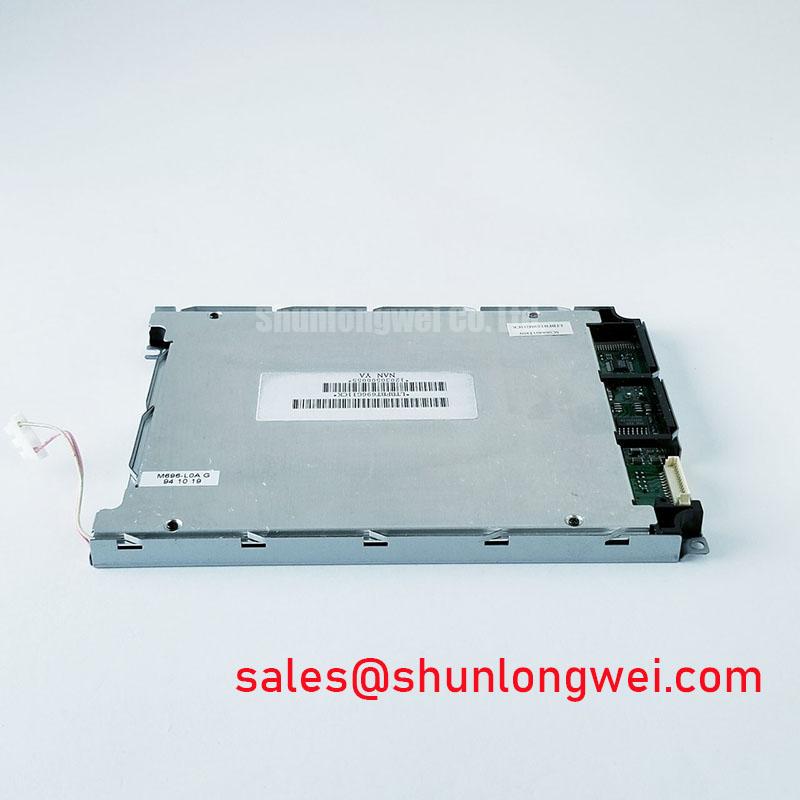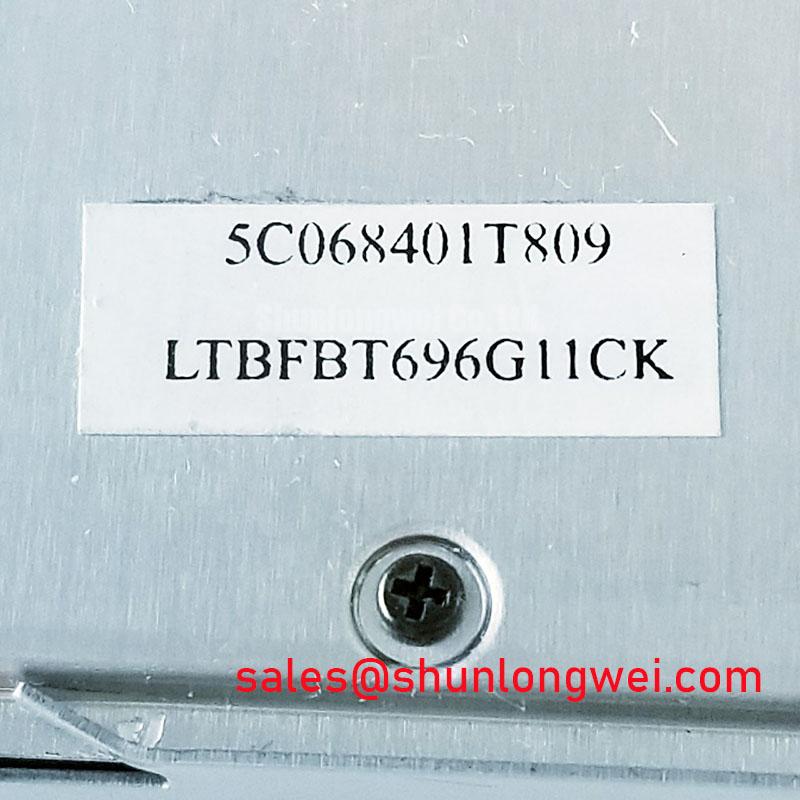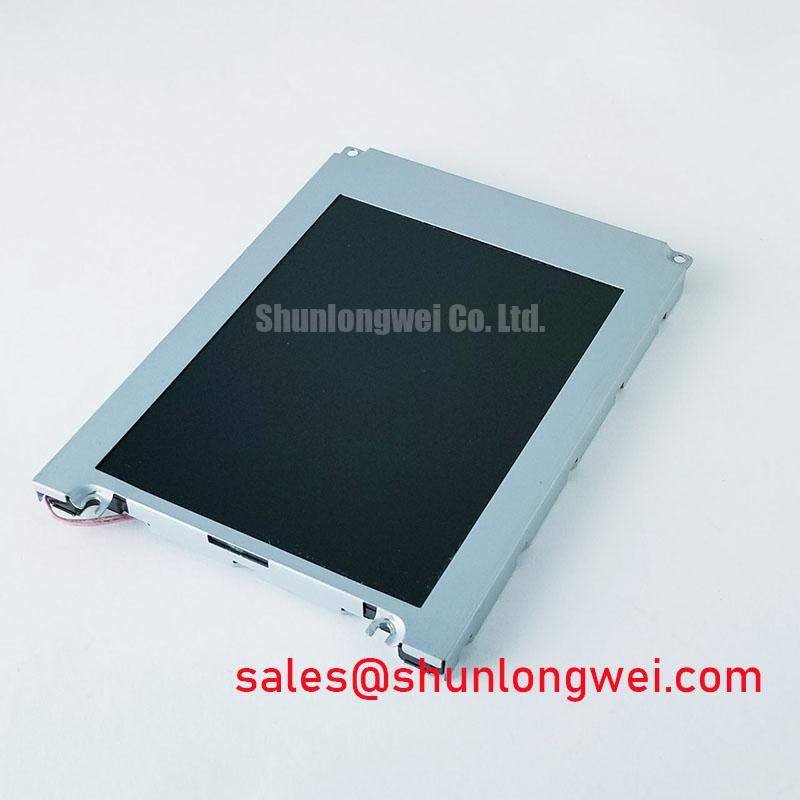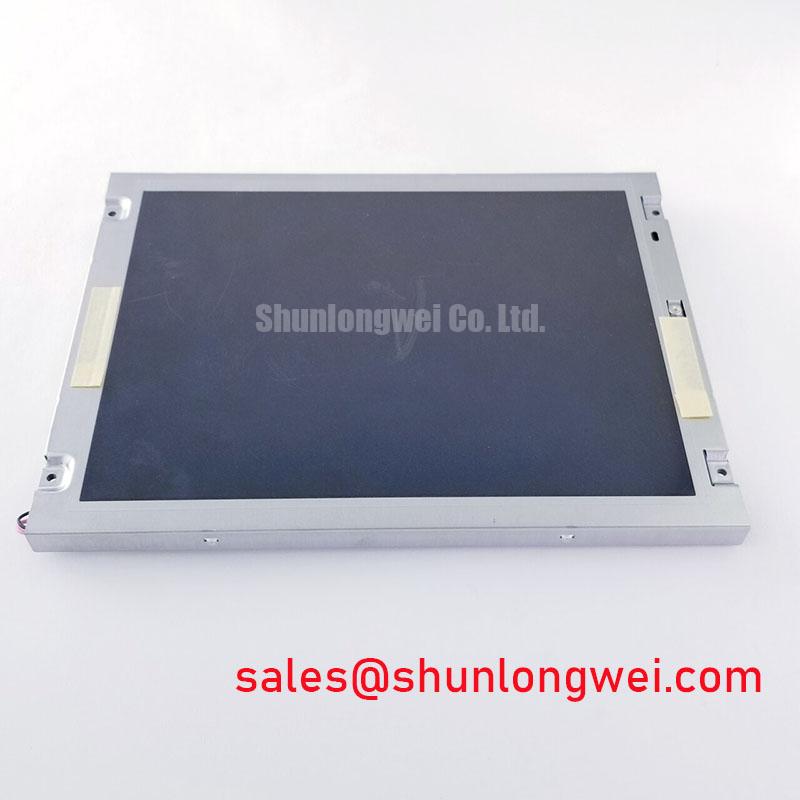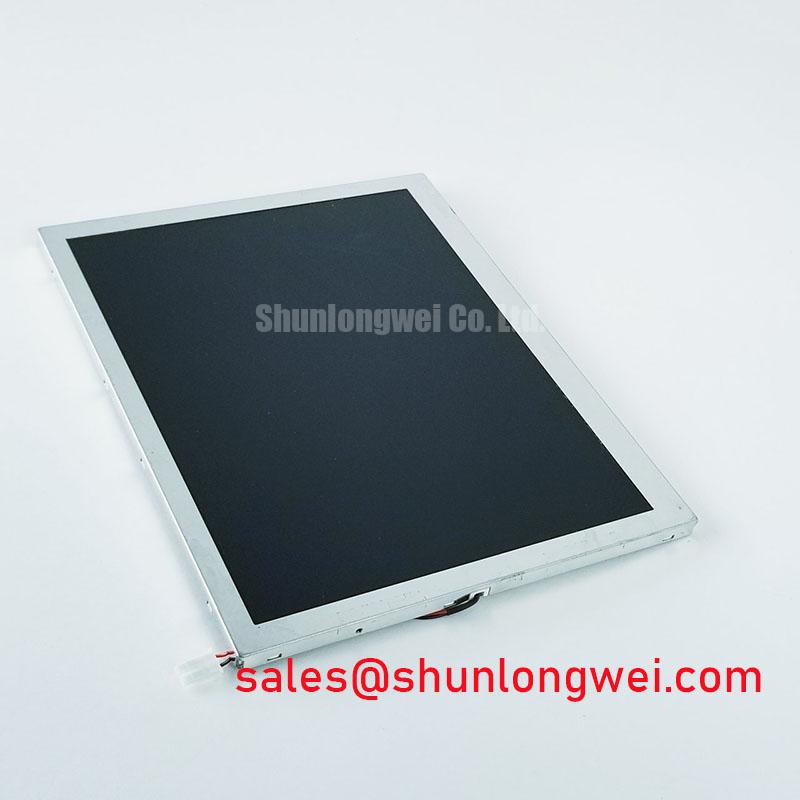LTBFBT696G11CK: Engineering Overview of the Nan Ya LCD Display Panel
A Foundational Component for Custom Visual Interface Design
Content last revised on October 15, 2025.
The Nan Ya LTBFBT696G11CK is an LCD display panel engineered as a core visual component for a diverse range of electronic systems. This panel provides the essential building block for creating crisp, clear human-machine interfaces (HMIs). Its design focuses on delivering reliable visual output and facilitating straightforward system integration. By providing a fundamental display solution, it enables engineers to develop and deploy custom visual interfaces in specialized equipment. For systems requiring a standardized 7-inch diagonal, the related G070ACE-L01 presents an alternative form factor.
Application Scenarios & Value
System-Level Benefits in Embedded Visual Systems
The LTBFBT696G11CK is best suited for original equipment manufacturers (OEMs) and system integrators who require a bare LCD panel for integration into a custom enclosure or a larger product assembly. Its primary value lies in its role as a versatile visual output device, adaptable to the specific mechanical and electronic requirements of the end product.
A high-fidelity engineering scenario for this component is the development of a control panel for a piece of industrial automation equipment. In this context, an engineer's challenge is to source a display that can be securely mounted within a proprietary, ruggedized housing. The LTBFBT696G11CK serves as the foundational screen component, around which the necessary driver board, backlight inverter, and protective front lens are designed. This component-level approach gives designers maximum flexibility to control the final form factor, environmental sealing, and user interface integration, a critical advantage over pre-assembled, off-the-shelf monitors. What is the primary benefit of using a panel component like this? It offers complete design freedom for custom HMI development.
- Industrial Control Panels
- Medical Diagnostic Equipment
- Point-of-Sale (POS) Terminals
- Test and Measurement Instruments
- Specialty Appliance Interfaces
Key Parameter Overview
Defining Specifications for System Integration
The following table outlines the key specification categories for the LTBFBT696G11CK. As a component-level display, its performance is defined by its core electro-optical characteristics and physical dimensions. These parameters are critical for determining the required driver electronics, power supplies, and mechanical housing. For a comprehensive guide on display technologies, see The Ultimate Guide to TFT-LCD.
| Parameter Category | Specification | Engineering Implication |
|---|---|---|
| Display Technology | Active Matrix TFT-LCD | Provides the basis for vibrant color and fast response times, suitable for dynamic graphical interfaces. |
| Screen Size & Resolution | Refer to official documentation | Dictates the physical footprint and the level of detail that can be displayed, a primary factor in user interface design. |
| Interface Type | Refer to official documentation | Determines the required controller or driver board. A common interface like LVDS simplifies connection to single-board computers. |
| Brightness & Contrast Ratio | Refer to official documentation | Critical for readability in the target operating environment. Higher brightness is essential for ambient light conditions. |
| Operating Temperature Range | Refer to official documentation | Defines the environmental limits for reliable operation, a key consideration for industrial or non-conditioned settings. |
Download the LTBFBT696G11CK datasheet for detailed specifications and performance curves. (Note: Official manufacturer datasheet may require direct inquiry).
Frequently Asked Questions (FAQ)
What are the typical integration steps for a panel like the LTBFBT696G11CK?
Integration involves several key stages: mechanical design of the mounting chassis, selection of a compatible display driver board that matches the panel's interface and resolution, sourcing an appropriate power supply for the panel and backlight, and developing the software/firmware to send video signals to the driver board.
How does one ensure proper handling of an LCD panel to prevent damage?
LCD panels are sensitive to electrostatic discharge (ESD) and physical stress. Always handle the panel in an ESD-safe environment. Hold it by the metal frame (bezel) and avoid putting pressure on the glass surface or the flexible cables connected to the driver ICs.
What type of driver board is typically required for a raw LCD panel?
A dedicated LCD controller/driver board is necessary. This board translates a standard video signal (like HDMI, VGA, or DVI) into the specific signal format required by the LCD panel's interface (e.g., LVDS or eDP). The board must be matched to the panel's resolution, voltage, and backlight requirements.
Is the LTBFBT696G11CK suitable for outdoor applications?
Suitability for outdoor use depends entirely on key specifications such as luminance (brightness, measured in nits) and the official operating temperature range. Panels for direct sunlight require very high brightness (>1000 nits) and wide temperature ratings, which must be verified from the component's official specifications. For more context, understanding the difference between industrial and consumer displays is crucial.
Strategic Considerations for Component Selection
Integrating a component-level display such as the LTBFBT696G11CK is a strategic decision that prioritizes design flexibility and cost-efficiency at scale over the plug-and-play convenience of a fully assembled monitor. This approach empowers engineering teams to create highly optimized, purpose-built products where the visual interface is seamlessly embedded within the system's unique architecture. Success hinges on a thorough evaluation of the panel's specifications and a clear understanding of the engineering resources required for its integration into a final product. Leading manufacturers like AUO provide a wide range of panels that serve as benchmarks for industrial-grade display technology.

